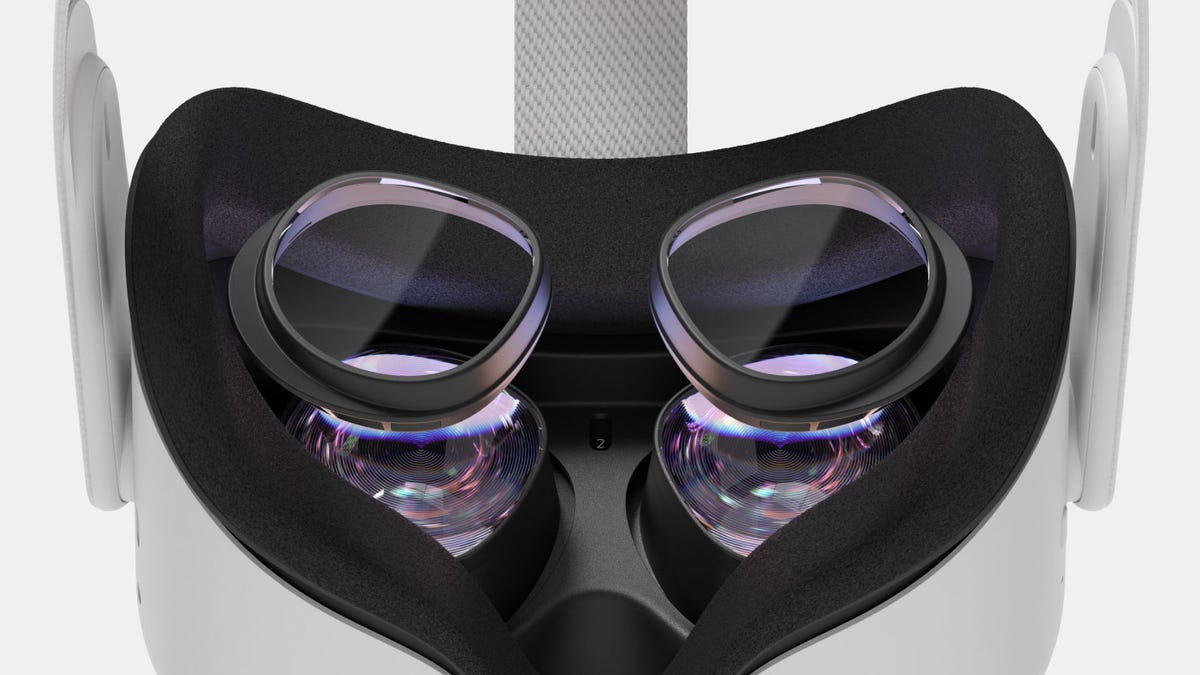The Ultimate Guide to Prescription Lenses: Your Key to Clearer Sight

For those who require vision correction, whether for nearsightedness, farsightedness, astigmatism, or other visual impairments, prescription lenses are essential for clearer sight. Understanding the different types of prescription lenses available can help you make informed decisions about your eyewear. This ultimate guide will walk you through everything you need to know about prescription lenses.
In addition to their precision and accuracy, Quest 3 prescription lenses are also designed to be durable and long-lasting, offering wearers a reliable and sturdy option for their corrective eyewear needs. These lenses are made with high-quality materials that are scratch-resistant and impact-resistant, ensuring that they can withstand the wear and tear of daily use. This durability means that wearers can count on their Quest 3 lenses to provide consistent and reliable vision correction for years to come.
Types of Prescription Lenses
Single Vision Lenses
- Corrects vision for one focal point, either near or far
- Most commonly prescribed for individuals with myopia (nearsightedness) or hyperopia (farsightedness)
Bifocal Lenses
- Combines two different prescriptions into one lens
- Upper portion corrects distance vision, while lower portion corrects near vision
Progressive Lenses
- Provide a seamless transition between different prescriptions
- Eliminate the visible line found in bifocal lenses
- Offer clear vision at all distances
Lens Materials
Glass Lenses
- Provide excellent optical clarity
- Scratch-resistant but heavy
- Less commonly used due to weight and risk of breakage
Plastic Lenses
- Lightweight and impact-resistant
- More prone to scratches compared to glass
- Ideal for individuals seeking a comfortable and durable option
Polyurethane Lenses
- Thinner and lighter than plastic lenses
- Highly impact-resistant
- Provide UV protection
Coatings and Treatments
Anti-Reflective Coating
- Reduces glare and reflections for improved clarity
- Enhances the aesthetics of your lenses by minimizing lens reflections
Scratch-Resistant Coating
- Protects lenses from scratches and abrasions
- Prolongs the lifespan of your prescription lenses
UV Protection
- Blocks harmful ultraviolet rays from reaching your eyes
- Helps prevent eye conditions such as cataracts and macular degeneration
Fitting and Adjustment
Once you have chosen the type of prescription lenses that best suit your needs, it is crucial to ensure a proper fitting and adjustment for optimal comfort and visual acuity. Here are some key considerations:
Fit
- Frames should sit comfortably on your nose without slipping
- Lenses should align with the center of your eyes for clear vision
Adjustment
- An optician can make necessary adjustments to ensure the frames are secure and the lenses are properly positioned
- Regular adjustments may be needed as your prescription or comfort preferences change
Care and Maintenance
Cleaning
- Use a microfiber cloth to gently wipe away dust and smudges
- Avoid using harsh chemicals or abrasive materials that can damage the lenses
Storage
- Store your prescription lenses in a hard case to protect them from scratches and impacts
- Avoid leaving your eyewear in extreme temperatures or direct sunlight
Regular Check-ups
- Visit your eye care professional for regular eye exams to monitor changes in your vision and prescription
- Replace your prescription lenses as recommended by your optometrist or optician
By understanding the different types of prescription lenses, selecting the right materials, and taking proper care of your eyewear, you can enjoy clearer vision and optimal eye health. Remember to consult your eye care provider for personalized recommendations based on your specific visual needs and lifestyle.